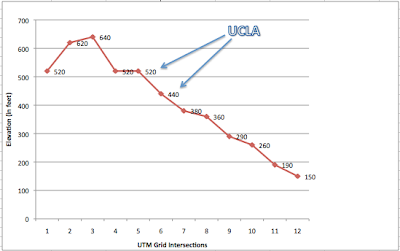This map can be used to look at land use, schools, and population density within the specific proposed area of airport expansion. These maps give access to further analysis of how the airport expansion will effect the area and it's residents.
My overall experience with ArchMap was slow and at times tedious. The step-by-step tutorial was a helpful guide to this exercise although some of the steps and pictures were outdated which led to some technical glitches and bouts of frustration. I felt like this exercise was pretty complex for our first contact with the GIS software and think that a better conceptual understanding of what we were doing and why would have been extremely helpful.
Although this was my first experience with the software it is clear that GIS has the potential for extremely detailed analysis of specific geographic locations. In the case of this exercise for example, we can see how various factors will be influenced by the expansion of the airport. GIS is a tool for using past and current data to examine the effects of potential future changes or developments. This decision enabling ability is a huge potential of GIS.
A possible pitfall of GIS is the fact that if depends largely on the data that you are using. If your data is accurate and reliable then you will have no problem, but if the data you are using is inaccurate then GIS will give you inaccurate results. With the rise of web 2.0 and neogeography, there has also been a rise in user generated content which isn't always the most reliable. Overall, I think the potentials of GIS far outweigh the pitfalls because it allows detailed analysis specific geographic locations.





